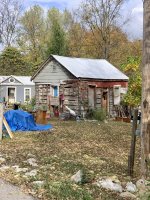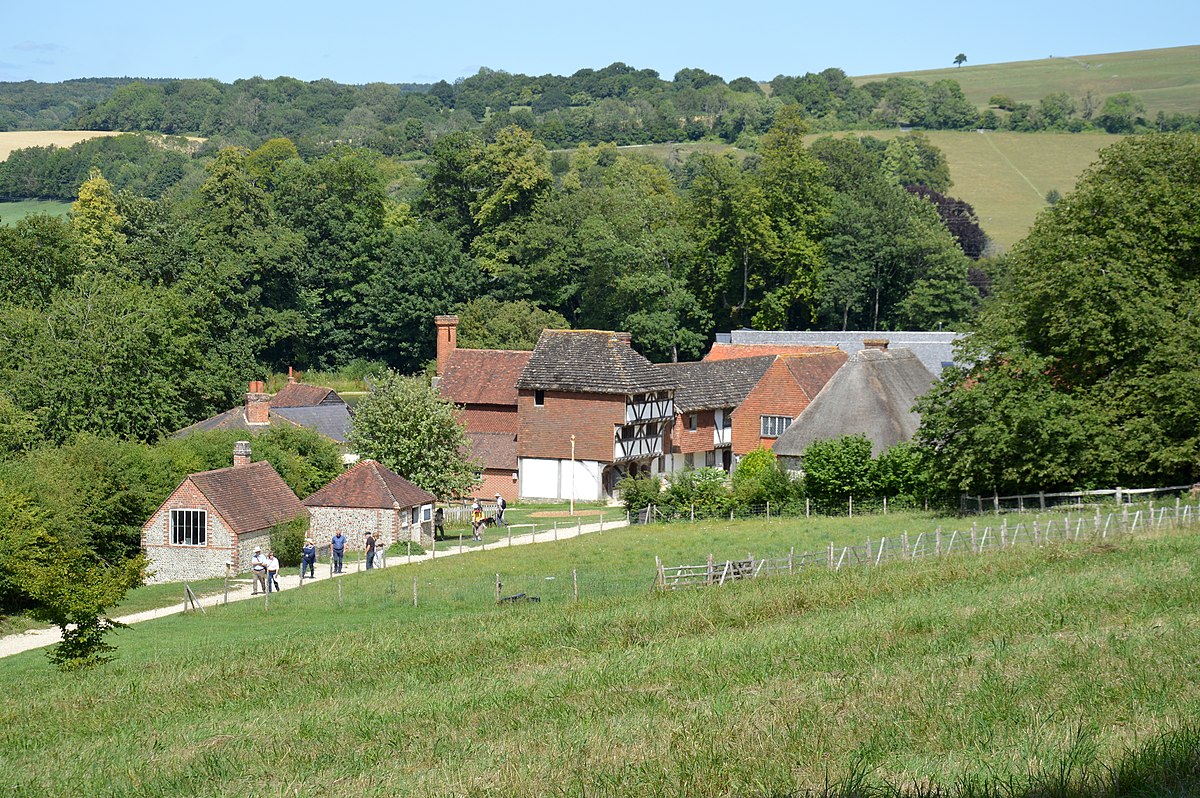Our little town was founded sometime in the 1830s and the folks that date these things date this log cabin to about 1840. It was in continuous occupation until a couple of years ago when an old lady died, and her heirs started tearing it down for the lot. The local historical society has bought the cabin and will be moving it to a local park, where it will be restored to original configuration as much as is practical.

Right behind the cabin is a creek, and a hand dug stone well. To think of the heat, humidity and bugs during the summer is sobering to the modern mind.
The cabin has been remodeled many times, and the last occupant had no idea it was a log cabin.
It was only striping the fairly modern asphalt siding away was it discovered the core was an antebellum log cabin.

Right behind the cabin is a creek, and a hand dug stone well. To think of the heat, humidity and bugs during the summer is sobering to the modern mind.
The cabin has been remodeled many times, and the last occupant had no idea it was a log cabin.
It was only striping the fairly modern asphalt siding away was it discovered the core was an antebellum log cabin.
Last edited:









